
Celtic Jewelry (Homepage) |

|
| Ireland Navigation Bar |
| Ireland |
| Irish Humour |
| Ancient Ireland |
| Ireland Travel |
| Ireland Weather |
| Irish Cottages |
| Irish Castles |
| Irish Landscapes |
| Irish Seascapes |
| Hook Head |
| Waterford City |
| Waterford Villages |
| Kilkenny City |
| Spring Flowers |
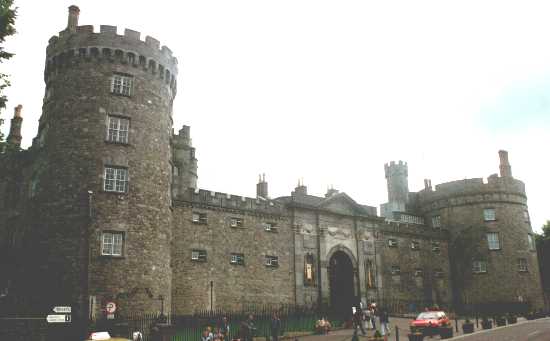 Kilkenny Castle West wing |
 Kilkenny Castle part of east wing |
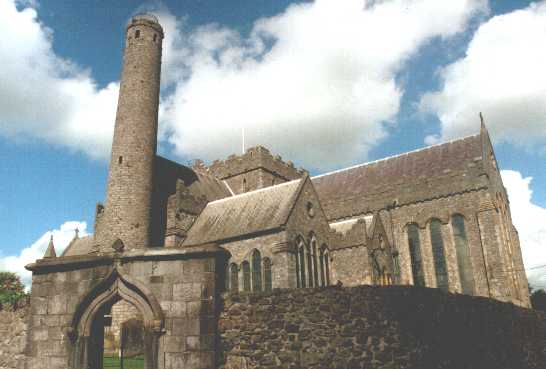 St. Canice's Cathedral and Round Tower Both the cathedral and round tower are open to the public - see below. |
 View of main building from top of round tower |
 Kilkenny Design Centre (Formerly the castle stables) Built about 1780. Now houses shops full of Irish crafts. |
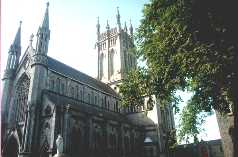 St Mary's Cathedral Completed 1857 |
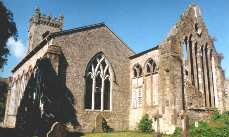 St. John's Church/Abbey The original abbey (on right of picture) was built around 1280. |
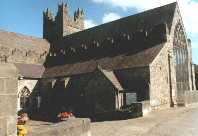 Black Abbey Dates from about 1225. |
 St. Francis's Abbey Founded in early 1230's. |
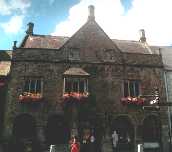 Rothe House Tudor merchant's house Built 1594. |
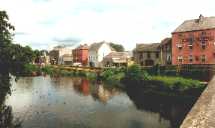 River Nore from St. John's Bridge. |
 Shee Almshouse Built 1582 |
 Parliament Street/High Street |
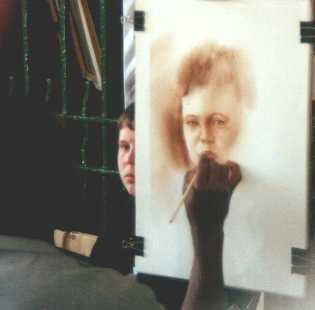 Street artist |
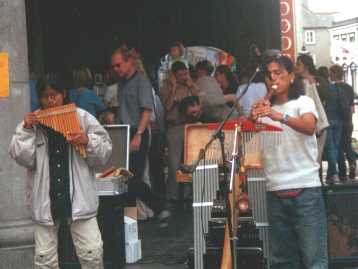 Street musicians (Name of group is "Kauzay"). |
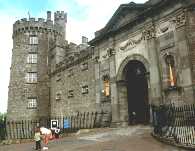 Kilkenny Castle main entrance |
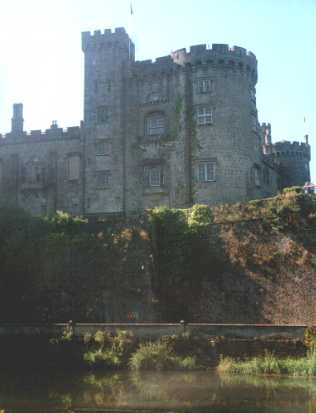 Kilkenny Castle East wing |
 Kilkenny Castle courtyard |
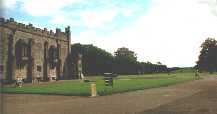 Kilkenny Castle gardens |
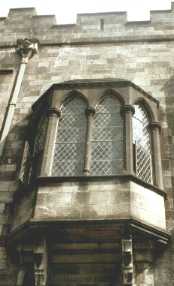 Kilkenny Castle courtyard windows |
 St. Canice's |
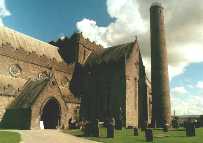 St. Canice's |
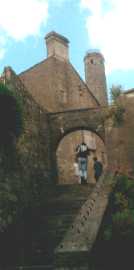 St. Canice's Steps |
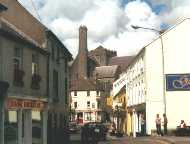 St. Canice's from Parliament Street |

|